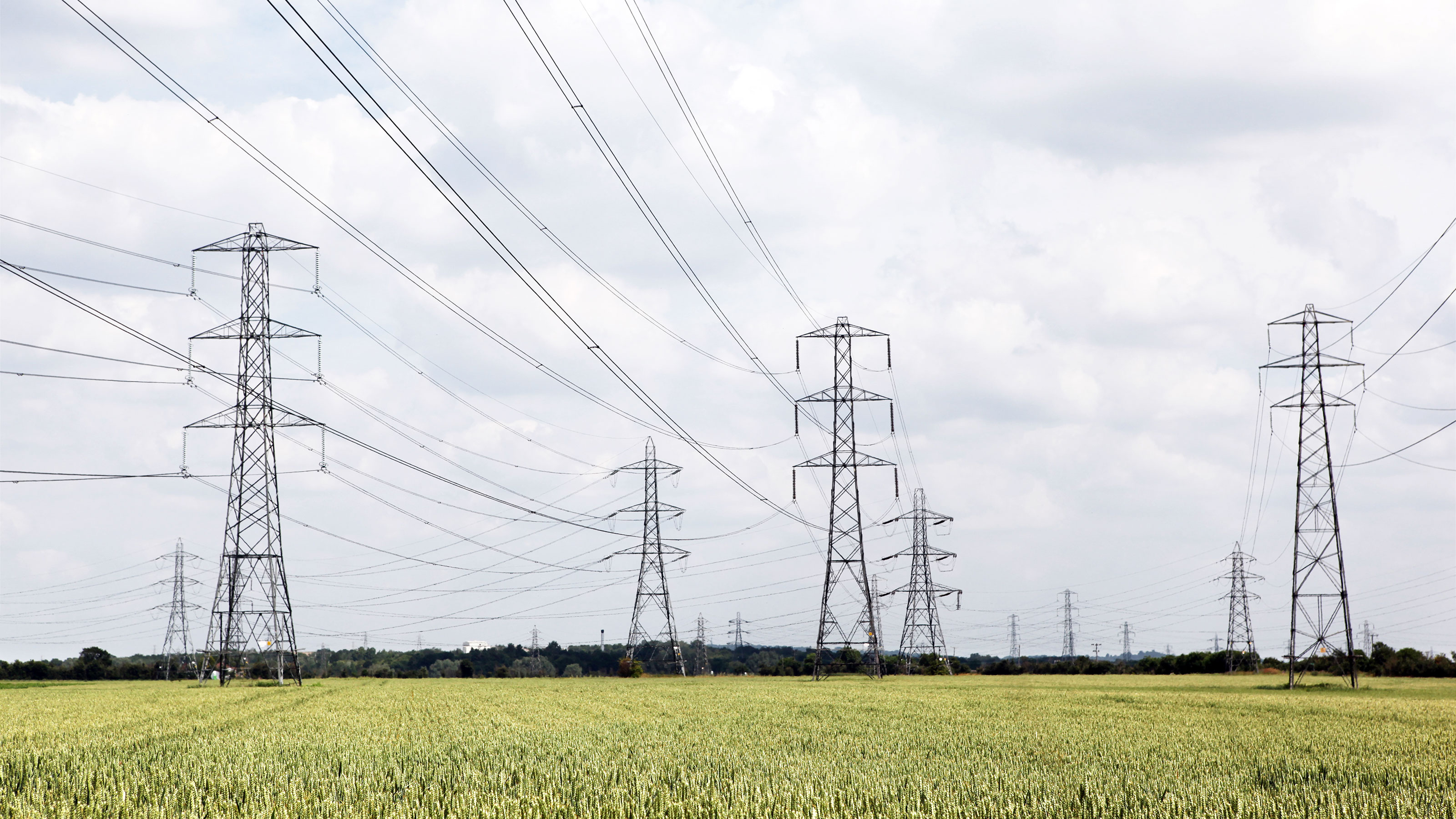Energy price cap rises to £1,849 — what it means for your bills
Find out why the energy price cap has increased and how it will impact your household bills

The energy price cap has risen once again, impacting millions of UK households.
As of April 1, 2025, the energy price cap is now set at £1,849, meaning many will see higher energy costs in the coming months, leaving them searching for energy-saving tips.
Understanding how the energy price cap affects your bills is crucial, as it determines the maximum amount suppliers can charge per unit of energy. Let’s break down what this increase means and how you can mitigate its impact.
What is the energy price cap?
The energy price cap was introduced by the UK government in 2019 to ensure fair pricing for households on default tariffs.
It limits the amount that energy suppliers can charge per kilowatt-hour (kWh) of gas and electricity, as well as setting a maximum daily standing charge.
However, the energy market has faced significant challenges, with wholesale prices fluctuating due to global supply issues. This has forced Ofgem, the UK’s energy regulator, to make regular adjustments to the energy price cap to keep the market stable.
The scheme was replaced last year by the introduction of the Energy Price Guarantee, which capped bills at £2,500, but this reverted back to the energy price cap.
How much has the energy price cap increased?
As of April 1, 2025, the energy price cap has risen by 6.4%, moving from £1,690 to £1,849 per year for the average household. This increase will remain in place until the next adjustment on July 1, 2025.
Key energy price cap figures:
- Electricity price per kWh: 27.03p
- Gas price per kWh: 6.99p
- Standing charge (electricity): 53.80p per day
- Standing charge (gas): 32.67p per day
These rates vary slightly by region due to differences in network distribution costs.
Who is affected by the energy price cap?
The energy price cap directly affects around 23 million households in England, Scotland, and Wales who are on default or variable tariffs. This includes customers paying by direct debit, standard credit, or prepayment meters.
Who is NOT affected?
- Those on a fixed-rate energy deal
- Customers on green energy tariffs (exempt from the cap)
- Businesses and commercial users
Does the energy price cap limit your bills?
No, the energy price cap does not set a limit on your total bill – it only caps the unit rate suppliers can charge.
Your total energy cost will still depend on how much energy you use. The more electricity and gas your household consumes, the higher your final bill.
This is why energy efficiency measures, such as improving insulation, upgrading appliances, and reducing unnecessary energy usage, remain crucial in managing costs.

Why is the energy price cap so high?
Several factors contribute to the rising energy price cap, including:
- Wholesale energy price rises – Global events, supply chain disruptions, and high demand have driven prices up.
- Inflation – Rising costs of infrastructure and maintenance are passed on to consumers.
- Policy Costs – Government programs for renewable energy and grid maintenance impact the final price.
According to Jonathan Brearley, CEO of Ofgem, the UK’s reliance on imported gas makes the market vulnerable to price volatility, highlighting the need for investment in homegrown renewable energy.
How to reduce your energy bills
With the energy price cap continuing to rise, here are a few ways to manage your energy expenses:
- Switch to a Fixed-Rate Tariff: If energy prices are expected to rise further, securing a fixed-rate deal could save money.
- Upgrade Your Home’s Efficiency: Consider better insulation, double glazing, or heat pumps to reduce energy use.
- Monitor Your Energy Usage: Smart meters can help track and reduce unnecessary consumption.
- Apply for Government Schemes: Check eligibility for schemes like the Warm Home Discount or Winter Fuel Payment.
Future energy price cap predictions
The energy price cap is reviewed quarterly – in January, April, July, and October. Experts predict further fluctuations, though a return to pre-2021 levels is unlikely due to continued global energy market instability.
As energy debts hit £3.8 billion, many households are struggling. If costs continue to rise, additional government intervention may be required to support vulnerable customers.
While the energy price cap aims to protect consumers from extreme price hikes, it does not guarantee lower bills.
Households should stay informed, adopt energy-saving measures, and consider switching tariffs to find the best deal.
With the next energy price cap update due on July 1, 2025, monitoring upcoming changes will be essential in planning your household budget.
Get the Homebuilding & Renovating Newsletter
Bring your dream home to life with expert advice, how to guides and design inspiration. Sign up for our newsletter and get two free tickets to a Homebuilding & Renovating Show near you.

News Editor Joseph has previously written for Today’s Media and Chambers & Partners, focusing on news for conveyancers and industry professionals. Joseph has just started his own self build project, building his own home on his family’s farm with planning permission for a timber frame, three-bedroom house in a one-acre field. The foundation work has already begun and he hopes to have the home built in the next year. Prior to this he renovated his family's home as well as doing several DIY projects, including installing a shower, building sheds, and livestock fences and shelters for the farm’s animals. Outside of homebuilding, Joseph loves rugby and has written for Rugby World, the world’s largest rugby magazine.
- Jack Woodfield
- Amy WillisWeb Editor
